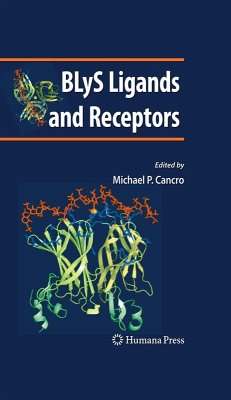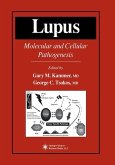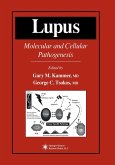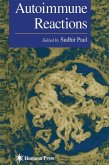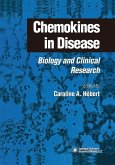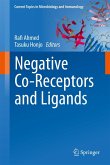This volume covers both the basic and translational/clinical aspects of this molecular family, focusing on its role in the differentiation, selection, and regulation of primary and antigen-experienced B cells. In addition, clinical aspects are detailed.
Discovery of the BLyS (also known as BAFF) family of ligands and receptors has yielded a paradigm shift in our view of B-lymphocyte selection, survival, activation, and homeostasis. Previously, the B-cell antigen receptor (BCR) was viewed as the sole mediator of these parameters, in which BCR signals were not only dominant but were also linearly related to consequent outcomes. However, appreciating that BLyS signaling is an equal partner in establishing and maintaining B-cell pools in- cated that additional regulatory complexity - apparently based on population density and homeostatic demands - had to be included in models of B-cell behavior. This mounting interest was ampli?ed by evidence of a clear relationship to autoim- nity. The resulting ?urry of research activity has yielded a wealth of information and insights, impacting basic concepts in B-cell tolerance and activation as well as revealing novel translational strategies for autoimmunity, neoplasia, and transplant tolerance. This book includes 12 chapters that together yield an overview of these advances and ideas. The initial excitement generated by associations with humoral autoimmunity, coupled with profound B lineage phenotypes in knockout mouse models, prompted immediate questions: What do these receptors and cytokines look like, how do they interact, what cells express them, and how does this inform our understating of their biology? Indeed, probing the structural features of BLyS family ligands and rec- tors has afforded substantial insight, as have studies directed toward understanding the basic biological actions of these molecules.
Discovery of the BLyS (also known as BAFF) family of ligands and receptors has yielded a paradigm shift in our view of B-lymphocyte selection, survival, activation, and homeostasis. Previously, the B-cell antigen receptor (BCR) was viewed as the sole mediator of these parameters, in which BCR signals were not only dominant but were also linearly related to consequent outcomes. However, appreciating that BLyS signaling is an equal partner in establishing and maintaining B-cell pools in- cated that additional regulatory complexity - apparently based on population density and homeostatic demands - had to be included in models of B-cell behavior. This mounting interest was ampli?ed by evidence of a clear relationship to autoim- nity. The resulting ?urry of research activity has yielded a wealth of information and insights, impacting basic concepts in B-cell tolerance and activation as well as revealing novel translational strategies for autoimmunity, neoplasia, and transplant tolerance. This book includes 12 chapters that together yield an overview of these advances and ideas. The initial excitement generated by associations with humoral autoimmunity, coupled with profound B lineage phenotypes in knockout mouse models, prompted immediate questions: What do these receptors and cytokines look like, how do they interact, what cells express them, and how does this inform our understating of their biology? Indeed, probing the structural features of BLyS family ligands and rec- tors has afforded substantial insight, as have studies directed toward understanding the basic biological actions of these molecules.

